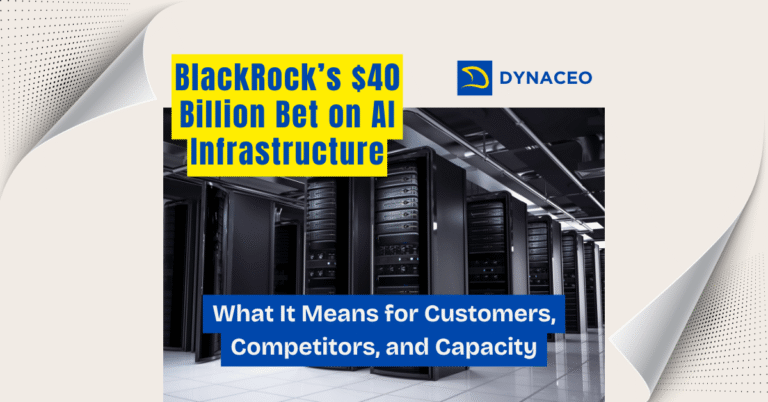The double-edged nature of AI presents both immense opportunities and significant risks as it continues to evolve rapidly. AI’s transformative power is reshaping various sectors, but its non-commoditized status and constantly evolving capabilities create a landscape of uncertainty and potential dangers.
Contents
Balancing Revolutionary Potential with Real-World Risks in the Age of Artificial Intelligence
Artificial Intelligence (AI) is no longer a futuristic fantasy; it’s a present-day reality reshaping industries, societies, and individual lives. But with this transformative power comes significant risk. This article dives deep into the duality of AI, exploring its immense potential while confronting the dangers it poses to investors, users, and the global landscape. From market volatility and ethical dilemmas to addiction risks and geopolitical tensions, we’ll navigate the complex terrain of AI’s double-edged sword, providing insights to help you understand and mitigate the challenges ahead.
Risks for Investors and Stakeholders
The AI sector is a whirlwind of rapid innovation, creating both unprecedented opportunities and significant risks for investors:
- Market Volatility: The AI sector experiences frequent disruptions, with new models and companies constantly emerging. This unpredictability can lead to sudden market shifts.
- Regulatory Uncertainty: As AI capabilities expand, governments are struggling to develop appropriate regulations, posing risks for investors who may face sudden regulatory changes.
- Ethical Concerns: The development of powerful AI models raises ethical questions about their use and potential misuse, potentially leading to reputational risks for investors.
- Technological Obsolescence: The rapid pace of AI advancement means that current technologies may quickly become outdated, posing a significant risk for investors.
Risks of Addiction for Users
The addictive potential of AI, especially conversational AI, poses significant risks to users:
- Psychological Dependence: Users may develop compulsive usage patterns, neglecting real-world responsibilities and relationships.
- Erosion of Critical Thinking: Over-reliance on AI for information and problem-solving may weaken users’ independent decision-making abilities.
- Social Isolation: Excessive interaction with AI chatbots may lead to social withdrawal and isolation.
- Mental Health Impacts: Addiction to AI tools can contribute to anxiety, depression, and sleep disorders.
- Productivity Paradox: While AI tools can enhance productivity, addiction may paradoxically decrease overall productivity.
The AI Race and Its Consequences
The global competition in AI development has intensified, with significant geopolitical implications:
- National Security Concerns: Countries are racing to develop AI capabilities for national security purposes.
- Economic Competitiveness: AI is seen as a key driver of future economic growth, influencing national strategies and investments.
- Technological Dominance Shifts: Recent disruptions by new players challenge established dominance in AI, potentially reshaping the global technological landscape.
- Ethical and Governance Challenges: Rapid AI development raises questions about governance, ethics, and potential misuse, particularly in areas like covert influence operations.
Key Takeaways
- AI is a double-edged sword: It offers revolutionary opportunities but also poses significant risks for investors, users, and society.
- Adaptability is crucial: The AI landscape is constantly evolving, requiring adaptive strategies to navigate market volatility and technological obsolescence.
- Ethical considerations are paramount: Responsible AI development and use are essential to mitigate potential harm and ensure societal benefit.
- Balance is key: Balancing innovation with responsible development and use is a critical challenge as AI continues to integrate into our lives.
- Awareness is the first step: Understanding the potential risks of AI addiction and misuse is crucial for users to make informed choices.
- Global collaboration is needed: Addressing the ethical and governance challenges of AI requires international cooperation and dialogue.
Putting It All Together
In conclusion, as we stand on the precipice of the AI revolution, it’s crucial to acknowledge both the extraordinary potential and the inherent risks. As AI continues to evolve, balancing innovation with responsible development and use remains a critical challenge. The dynamic nature of both opportunities and challenges reinforces AI’s position as a revolutionary, non-commoditized force. By understanding these challenges and embracing responsible development and use, we can harness AI’s power for good while mitigating its potential harm.








